Sale!

On sale through Sunday, September 19: Westfalenstoffe European fabrics and Forest Friends Flannel by Cloud9 are 10% off. Helping you to kick start some holiday sewing!
 Thursday, September 16, 2010 at 5:14AM | |
Thursday, September 16, 2010 at 5:14AM | |  1 Comment
1 Comment Welcome! I'm Melanie & I sell fabric through my online shop, Modern Organic Fabrics. This journal shares my inspiration and projects, both sewing & non-sewing, as well as shop updates.
Grab A Button!
Drag & drop the desired button to your desktop, then upload the button to your website and link it to:
http://www.modernorganicfabrics.com

120 X 120

125 X 125
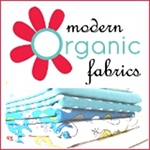
150 X 150
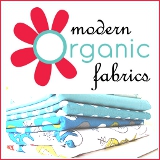
160 X 160
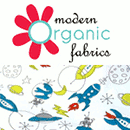
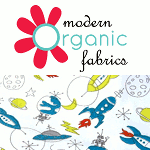
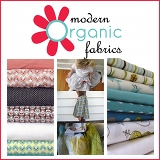

On sale through Sunday, September 19: Westfalenstoffe European fabrics and Forest Friends Flannel by Cloud9 are 10% off. Helping you to kick start some holiday sewing!

Cloud9 Fabrics graciously allowed me to reprint their tips for working with flannel (original post on their blog here). There's some very important information here and a permanent link to this post will appear on the Fabric Information page, link above header.
1. Always pre-wash and shrink uncut flannel fabric.
2. Washing instructions post-production:
3. Ironing
4. Sewing
5. Projects and ideas:
Daisy Janie's newest collection of organic cotton fabric is called Shades of Grey. It is expected in January 2011. What do you think? I'd love to see it paired with some bright solids! I will be stocking more solids in the next few months, as Robert Kaufman's backorders start to clear on their Pure Organic Solids collection. I think these prints are pretty amazing on their own as well!
Click here to be notified when this fabric becomes available.






More clothes from the book Making Children's Clothes by Emma Hardy (another Petal Top and Elasticated Pants). Fabric is Birds & Blooms organic cotton fabric from Westfalenstoffe and Indigo Denim, lightweight organic cotton/hemp blend.
Congratulations to:
Bree:
Happy Birthday to you!!
Mmmmmmmmm Circa 50 is lush!
Loooooove!
Jenni:
I love your organic sateen. I have so many ideas for it. Most of the time, I just sit and stare at the pretty pieces I've received for you.Felicitations on your anniversary!
Tiffany:
Love the free to grow by mod green pod!!!
You each should have received an email from me. Congratulations!